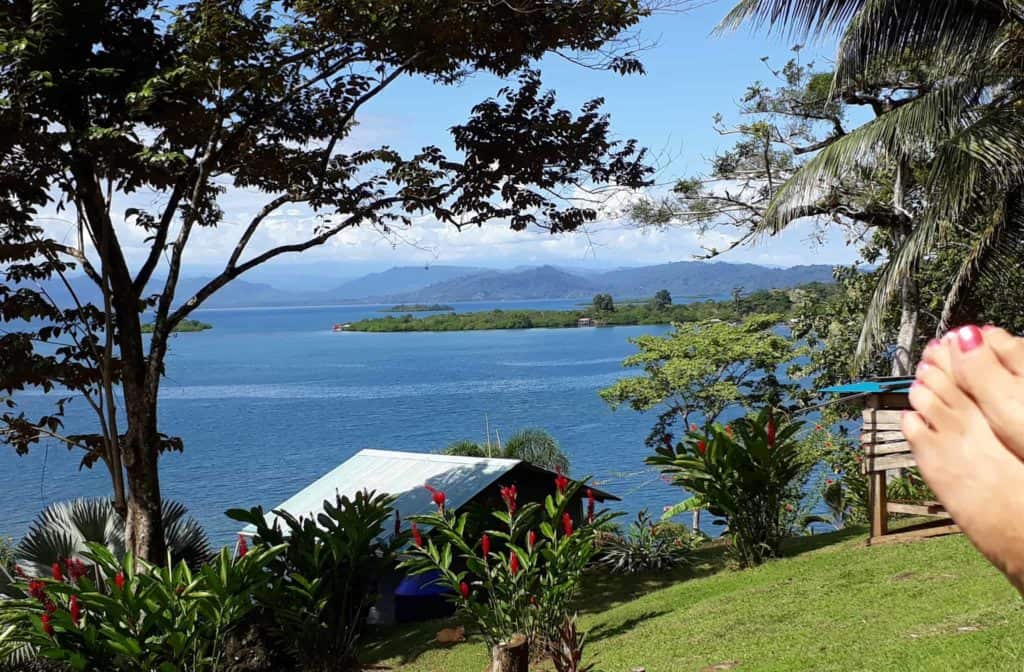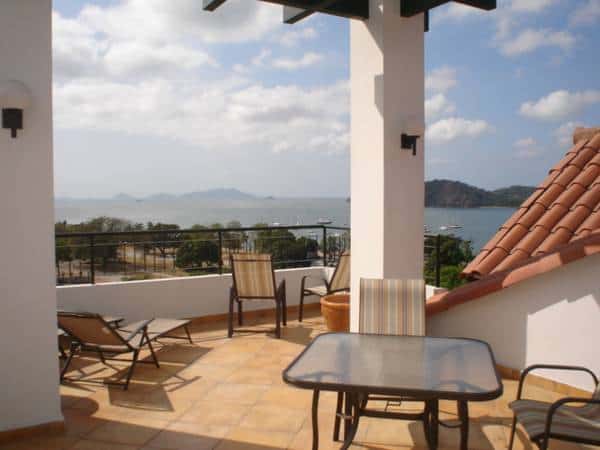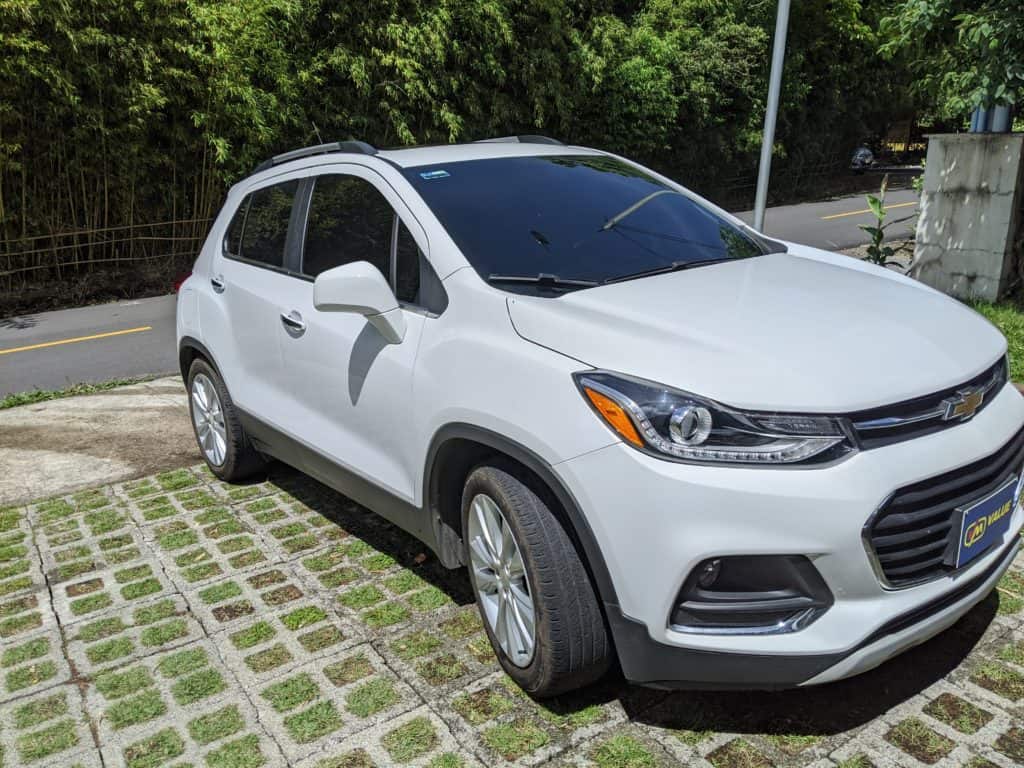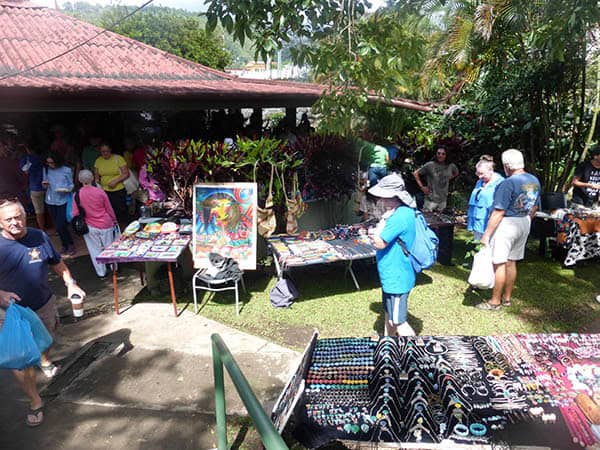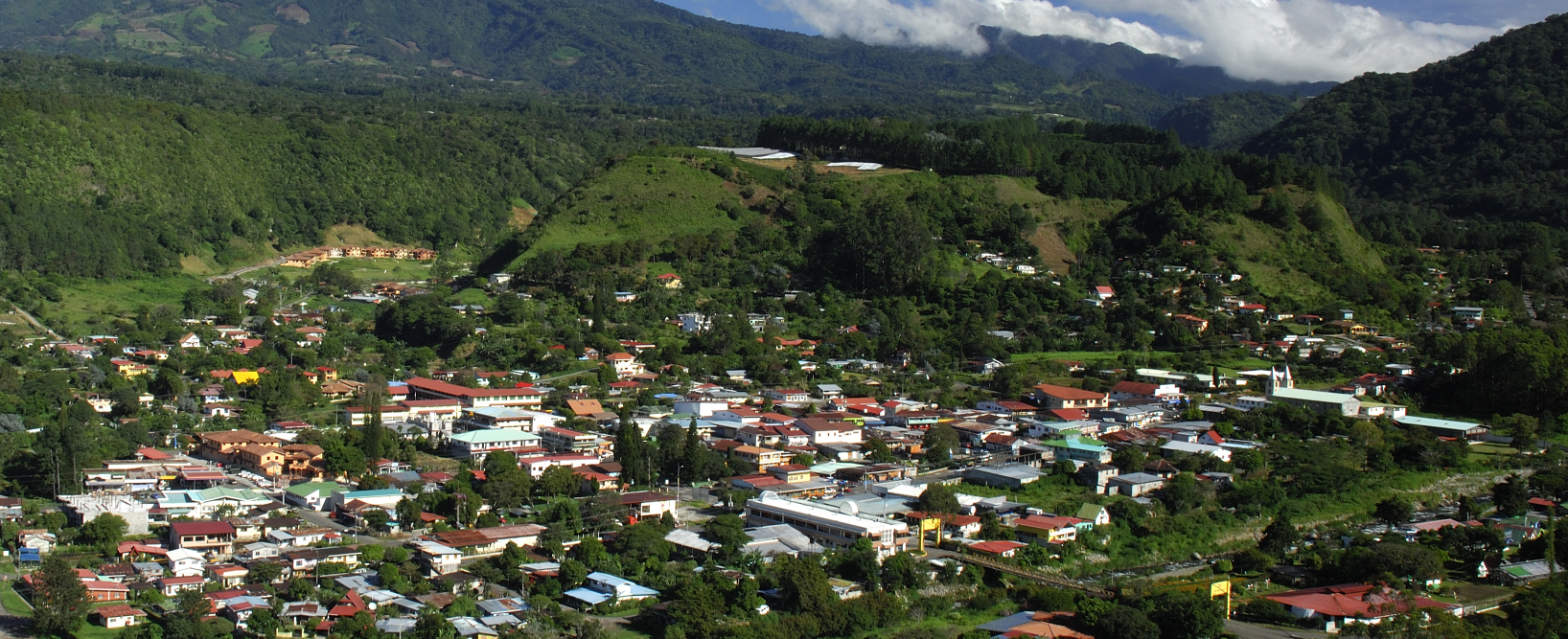Relocating to Panama is an exciting opportunity to enjoy a lower cost of living, warmer weather, and a better quality of life. But here’s the truth: without the right strategies, your move can cost far more than it needs to.
The good news? With a bit of planning and the right insider information, you can save thousands of dollars on your relocation—and still enjoy a smooth, stress-free transition into your new life.
We want to help you avoid costly mistakes! Follow these eight tips to save thousands on your move to Panama.
- 1. Create a Realistic Budget
One of the easiest ways to save money is to know exactly where it’s going. Start by mapping out your relocation costs in detail:
* Flights and travel expenses
* Visa and legal fees ( the lawyers we recommend charge much less!)
* First month’s rent and deposit
* Utilities setup, including cell phone
* Transportation (buying a car, importing one, or using public transit)
* Healthcare and insurance
When you know your numbers in advance, you can avoid overspending or being caught off guard by surprise expenses.
Please read this article, What it Costs to Move to Panama, to help you create a budget. The article also includes things that will increase your costs and things you can do to decrease your expenses.
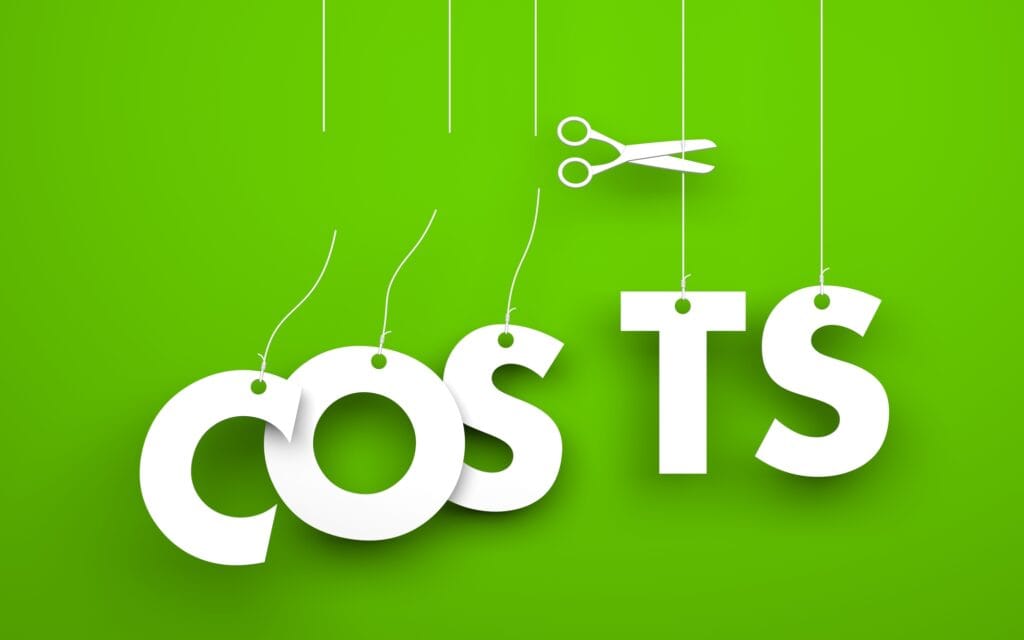
- 2. Rent First – Don’t Rush Into Buying
One of the biggest financial mistakes expats make is buying a property too soon. It’s tempting, but Panama’s regions vary greatly in climate, lifestyle, and amenities.
Most people move two or three times in their first two years in Panama. It takes time to find the perfect community and ideal home. It’s easy to get out of a lease. But it could take years to sell a property, so it’s better not to buy real estate until you have lived in Panama for at least a year or two. Or, perhaps never buy so you can stay flexible to discover other areas.
By renting first, you:
* Avoid high upfront costs!
* Keep your flexibility if you discover a location you like better
* Reduce your risk of buying in the wrong area and taking a loss later
* Definitely do not buy real estate until you have your permanent visa.
Even if you’re certain about where you want to live, renting first can save you thousands while you learn the ropes. It takes time to learn market values. Ideally, you live in an area during the dry season and the rainy season before buying real estate. There can be dramatic differences between the seasons.
You may find that after living in an area for a few months, it’s too hot, too noisy, too cold, too quiet, or too far from the amenities or social activities you prefer. If you’re renting, you can easily move. If you buy real estate, you’re stuck in that location.
- 3. Live Just Outside the Expat Hotspots – Save $500 Per Month or MORE!!
Here’s a relocation secret that can save you money month after month: live just 10 to 15 minutes outside popular expat towns.
By doing so, you can:
* Pay hundreds less per month in rent
* Buy groceries at local markets for 20%–40% less
* Enjoy restaurant prices that are often half of what you’d pay in expat/tourist areas
In an expat hot area like Coronado or Boquete, a simple hamburger will cost $10-$12, but if you buy the same hamburger at a restaurant 15 minutes away, it will be $5 to $6!
You’ll still have easy access to the amenities, shopping, and social scene in the expat hub—without paying the “premium” prices of living there.
Here’s an example of how you can save $1000 a month by renting 15 minutes away from an expat hot spot, like Boquete!
Dolega $500 a month for a furnished two-bedroom:

Boquete $1500 furnished two-bedroom:
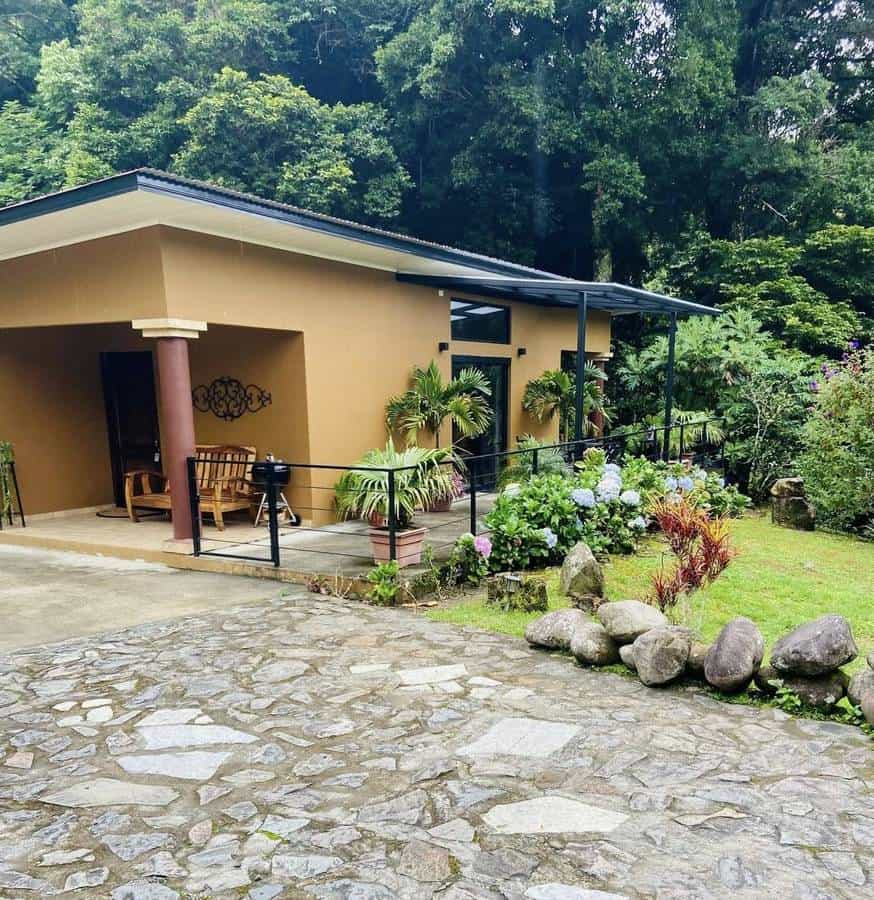
Would you be willing to drive (or take the bus) 15 minutes to save $1000 a month?
- 4. Avoid “Gringo Pricing”
Many new arrivals pay more than they should simply because they don’t know the going rates for rentals, services, and even everyday goods.
Don’t tip too much or you’ll be seen as a rich gringo! The customary tip in Panama is 10%, and many services do not expect to receive a tip.
You can avoid “gringo pricing” by working only with vetted, trustworthy professionals who charge fair, local prices. This alone can save you hundreds—or even thousands—each year.
An example: John was quoted $950 a year for car insurance. But after he contacted an recommended agent in the Online Panama Relocation Guide, the same insurance was only $637!
The immigration lawyers we work with charge significantly less than other lawyers, often 50% less! This is just one of many ways the Online Panama Relocation Guide will save you money!
Sadly, it is often other foreigners who do “gringo pricing” for rentals, it’s not Panamanians. Just because someone is from your home country, it does not mean they are more trustworthy! You can avoid “gringo pricing” by working with the agents recommended in the Online Panama Relocation Guide.
The Online Panama Relocation Guide will pay for itself in the first month you live in Panama. The immigration lawyers we work with charge much less. The real estate agents we work with don’t do “net listings,” which could jack up rent hundreds of dollars per month. And, the insurance agents, car brokers, fixers, and everyone else we recommend charge much less than others.

- 5. Cut Moving Costs by Bringing Less
Shipping an entire household to Panama can easily cost $15,000 to $20,000 or more. Before you start packing, consider:
* Selling or donating what you don’t truly need
* Bringing only essentials and personal items you can’t replace
* Purchasing furniture and household goods in Panama
The less you ship, the more you save—both in moving fees and in customs charges.
You could ship a pallet with eight 27-gallon totes for about $2000! This is a cost-effective way to get your most prized possessions to Panama.
Most rentals come completely furnished, so you don’t need to bring your furniture. It’s harder to find an unfurnished rental.
You might not like the bedspread or the art on the wall, but you can purchase anything you need in Panama.
Start your new life in Panama with a few new things you purchase in Panama!
Reminder: the less you bring, the easier it will be to move to a different location in Panama! There is a high probability that you will move several times during your first two years in Panama.

- 6. Don’t Ship your Car to Panama
Shipping a car to Panama typically runs between $3,500 to $5,000, depending on factors like the shipping method (RoRo vs. container), the vehicle’s size, whether it’s operable, and the distance and port logistics.
Once your car arrives, Panama imposes several duties and taxes calculated based on its CIF value (Cost, Insurance, Freight):
Basic import duty fee is somewhere between 15% and 25%, or possibly higher, depending on the vehicle’s value and classification. Plus, there is a Goods and Services (VAT) tax of 7% for all vehicles.
In addition, there are flat duty fees based on the vehicle’s age:
Less than 1 year: $750
Two years old: $1,000
Older than three years: $1,500
For a vehicle with a CIF value of $20,000, you can expect approximately $3,000–5,000 in import duties alone, plus 7% VAT, plus age-related fees, plus the costs to ship to Panama, totaling about $8,000 or more to import your car to Panama.
Panama requires foreign-registered vehicles to be re-registered as a Panama car within 30 days of arrival. Failure to meet this deadline risks fines or impoundment. The cost of registering the vehicle and handling paperwork is typically around $1,500 plus the customs agent fees.
Mechanics may lack familiarity, and even fuel differences in Panama (such as ethanol‑free gasoline) may impair performance.
Most expats find that selling the car before relocating and buying a vehicle locally is a far more practical, cost-efficient, and hassle-free route.
- 7. Choose the Right Visa for Your Situation
Picking the wrong visa or making mistakes in the application process can be costly. Using the right visa option for your circumstances—and working with an experienced, fairly priced immigration lawyer—can save you thousands in unnecessary legal fees and delays.
To obtain a visa, it’s essential to bring all necessary documents that are either apostilled or authenticated. Failure to do this will result in extra expenses to fly back to your home country to get the required documents.
If you plan to sell products or services in Panama, ensure you obtain a visa that permits you to obtain a work permit. Foreigners cannot work or sell products or services in Panama unless they have a work permit.
- 8. Get Affordable Health Insurance
Healthcare in Panama is already much less expensive than in North America, but choosing the right insurance plan can reduce your costs even further. Because healthcare is so affordable in Panama, many people opt for insurance that covers only emergencies.
Beware of ads or insurance agents who want to sell you international health insurance that could cost $4000 a year or more. In most cases, you really don’t need international insurance.
* Public healthcare costs just a few dollars per visit – estimate $2 a visit
* A doctor visit, without insurance, is about $20 or $50 for a specialist
* Private insurance plans vary—know the best value options before you sign up
If you live in Panama City, consider MiniMed’s Expat Health Membership, which costs just $20/month or $220/year. This membership includes unlimited doctor visits, labwork, and X-rays, plus three specialist visits per year. This plan also covers up to $500 for any emergency. MiniMed Membership has no exclusions for age or pre-existing conditions. MiniMed accepts Medicare Advantage at all 15 of their locations.
In 2025, MiniMed plans to open clinics/hospitals in Chitre and David.
If you’re a US citizen and qualify, consider Medicare Advantage, which provides coverage for urgent care and emergencies at many private hospitals in Panama. Plus, you have full coverage in the USA.
See this information about affordable health insurance options. A 60-69-year-old can get insurance for $117 per month with the Family Medical Plan.

The Smartest Way to Save Thousands:
The Online Panama Relocation Guide
If you want to save the most money possible on your move, the key is knowing exactly what to do, who to work with, and what to avoid.
The Online Panama Relocation Guide includes:
* Vetted immigration lawyers who charge fair prices (and get it right the first time)
* Honest real estate contacts to help you find affordable rentals
* Health insurance options —no expensive brokers
* Step-by-step instructions to avoid costly mistakes
* Moving tips that can save thousands in shipping costs
* Ongoing support & monthly updates
* and so much more
👉Go Here to Learn more about the Online Panama Relocation Guide
With this one resource, you’ll avoid expensive missteps, save time, and start your new life in Panama with more money in your pocket.
Final Thought:
Relocating to Panama doesn’t have to be expensive. With smart decisions, a willingness to explore beyond the obvious options, and the Online Panama Relocation Guide as your roadmap, you can save thousands of dollars—while still enjoying a smooth, stress-free move.
Ready to start planning your affordable relocation?
👉Click here to get instant access to the Online Panama Relocation Guide and make your move to Panama the smart way. The Online Guide includes monthly updates and ongoing support.
Come see how you can
LIVE BETTER for LESS in Panama!
